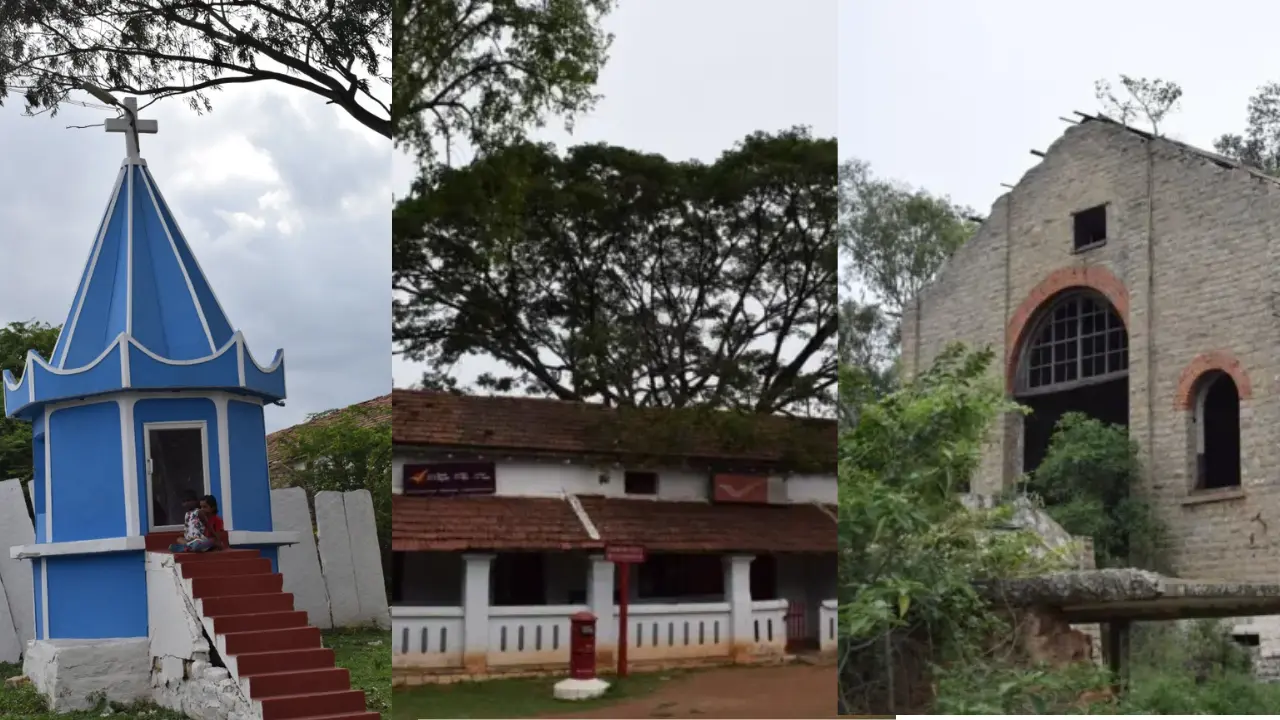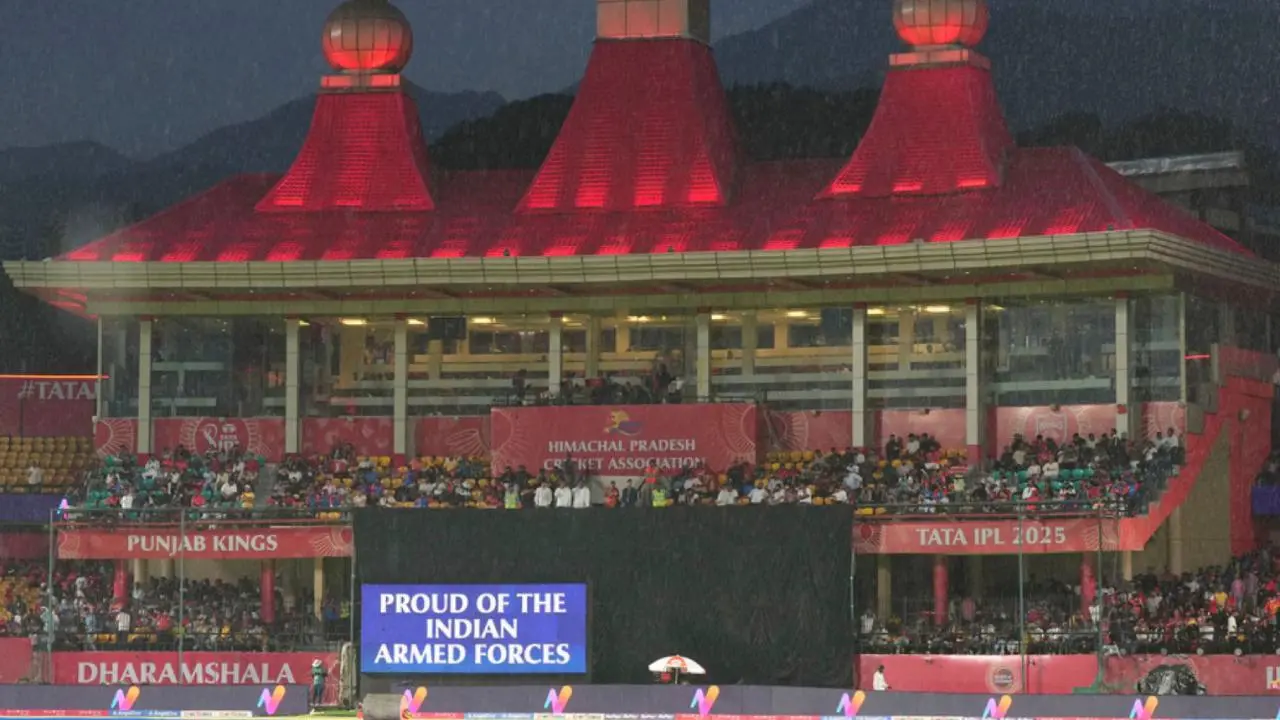Kolar: From Gold Rush to Ghost Town
Updated on: 29 April, 2025 07:08 PM IST |Sudheesh SK

Kolar:From Gold Rush to Ghost Town
Once a shining symbol of India`s wealth, Kolar Gold Fields now quietly whispers stories of a forgotten past.
Against the backdrop of a mellow evening sky, a tall mine shaft casts a haunting silhouette. The air is still, the pace of life slow. "Not much to see or do," a local shrugs. But a question lingers in the air “Have you watched KGF?”
The 2018 blockbuster may have immortalized Kolar Gold Fields in pop culture, but nothing quite prepares you for the eerie quiet and crumbling beauty of what was once a golden haven.
The Forgotten Glory
Today, Kolar is just another name on the map. But back in 1902, it became India`s first town to be electrified a proud jewel in the crown of Mysore`s legacy. A villager casually remarks, "This is Little England," highlighting the lasting British influence in the area. The town’s legacy is evident in the multilingual nature of its residents, who fluently speak Kannada, Hindi, English, and even Tamil and Telugu, a testament to Kolar’s unique position near multiple state borders.
A walk through Kolar is like flipping through pages of a forgotten history book—abandoned homes overtaken by thick shrubs, majestic colonial bungalows now housing senior officials, and quaint colorful homes in surrounding villages, untouched by modern chaos.
A Spark Ignites
The story of KGF dates back to 1871 when a retired Irish soldier, Michael Fitzgerald Lavelle, bored of life in Bangalore, stumbled upon a four-page article in the Asiatic Journal. It mentioned the gold reserves in Kolar, first hinted at by Lt. John Warren in 1804. Warren, during a land survey post-Tipu Sultan`s fall in 1799, had heard of locals washing gold from the soil using bare hands. For every 56 kg of earth, a grain of gold emerged even with crude techniques.
This was enough to spark Lavelle’s imagination. In 1873, he petitioned the Maharaja of Mysore for a mining license. Though he was only granted permission for coal mining, Lavelle persisted convinced that gold ran deep under the earth. He finally secured a 20-year lease on February 2, 1875 marking the official beginning of modern mining in India.
From Dreamer to Legend
Lavelle’s pockets ran dry as he pursued gold. His story, however, gained traction after FE Penny’s book Living Dangerously brought attention to his quest. By 1877, a new chapter began when Maj. Gen. Beresford and others founded The Colar Concessionaries Company Limited. Soon, mining engineers from Norwich were brought in by the British firm John Taylor & Sons, and KGF quickly became the heart of India’s gold mining industry.!!
Powering a Nation
To fuel the growing operations, the British planned something extraordinary. A hydroelectric power station on the Cauvery River. The project, launched in 1900, brought together engineers from New York, Switzerland, Germany, and the UK. Machinery was transported using elephants and horse carts. And by 1902, KGF wasn’t just rich in gold. it became the first Indian town to enjoy uninterrupted electric power.
What Remains
Today, the gold is gone. What remain are stories whispers of the past held in bricks, walls, and the wide-open skies. The grand houses, the colonial architecture, the languages spoken, and the air of quiet dignity all speak of a time when Kolar was the epic centre of aspiration and ambition.
In this town, national integration isn’t a slogan it’s everyday life. The people, the soil, and the silence all carry echoes of a golden past that once lit up not just Karnataka, but all of India.
ADVERTISEMENT
Do you think the T20 tournament should be suspended amid India-Pak tensions?
ADVERTISEMENT











